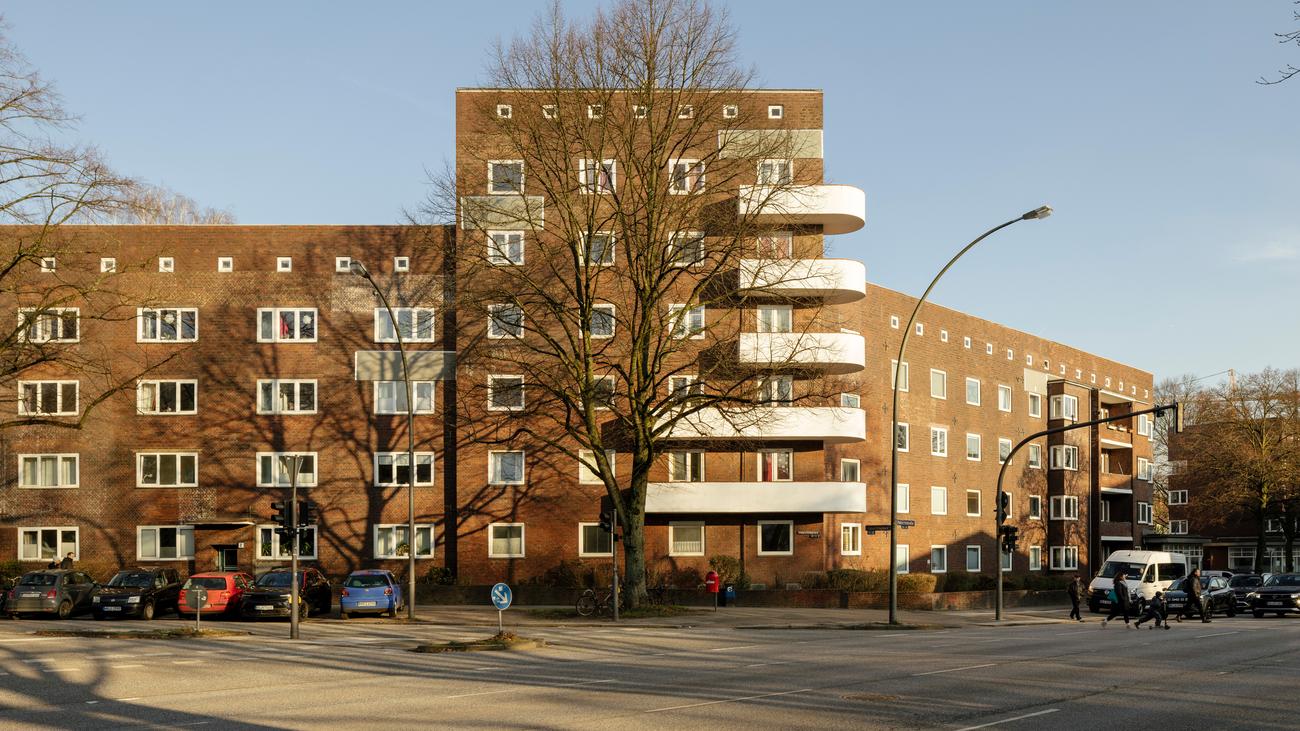
Karl Schneider’s Habichtsplatz U-Block: A Pioneering Legacy in Hamburg’s Social Housing
Amidst the bustling landscape of Barmbek-Nord, an aged brick edifice, now bearing the patina of time, stands as a testament to a once-glorious era. Constructed between 1926 and 1928, this architectural gem emerged during a period of urban renewal under the visionary leadership of Oberbaudirektor Fritz Schumacher.
At the helm of this project was Karl Schneider, a renowned pioneer of the "Neues Bauen" architectural movement. Guided by the principle of providing affordable and accessible housing for the working class, Schneider and his contemporaries embarked on a transformative endeavor in Hamburg. Between 1925 and 1931, under the socialist-led government, approximately 54,000 apartments were erected, breathing new life into the city’s housing landscape.
Among Schneider’s creations, the Habichtsplatz U-Block in Barmbek stands out as a particularly innovative and people-centric design. In contrast to the prevailing architectural norm of closed-off blocks, Schneider conceived a U-shaped complex that fostered a sense of openness and community. This departure from tradition further manifested in the inclusion of a recessed central building, creating a welcoming courtyard space.
The block’s street-facing façade exudes a lively and inviting character. Two shops boasting distinctive curved window fronts adorn the ground floor, beckoning passersby with the promise of commerce and social interaction. This design decision defied the prevailing trend of insular, detached buildings and instead embraced the vibrancy of urban life.
Beyond its aesthetic appeal, the Habichtsplatz U-Block also embodied Schneider’s commitment to functional and efficient design. The U-shape configuration allowed for optimal sunlight exposure, ensuring brighter and more comfortable living spaces. The courtyard provided a safe and private outdoor area, promoting neighborly interaction and a sense of community.
Schneider’s architectural ingenuity extended to the interior of the building. Each apartment featured well-proportioned rooms, ample natural light, and modern amenities such as built-in closets and refrigerators. The kitchens were equipped with windows directly facing the courtyard, facilitating ventilation and creating a brighter and more pleasant cooking experience.
The significance of the Habichtsplatz U-Block extends far beyond its immediate surroundings. It stands as a testament to the social and architectural ideals that shaped Hamburg’s urban development in the early 20th century. This architectural gem embodies the principles of the Neues Bauen movement, demonstrating the transformative power of innovative design in creating affordable and livable housing for all.
Today, despite the passage of time, the Karl-Schneider-Block remains a vital part of the Barmbek-Nord community. It serves as a constant reminder of the visionaries who dedicated themselves to improving the lives of the city’s working class. As a testament to its enduring legacy, the building was designated as a cultural heritage site in 2001, ensuring its preservation and continued appreciation for generations to come.
